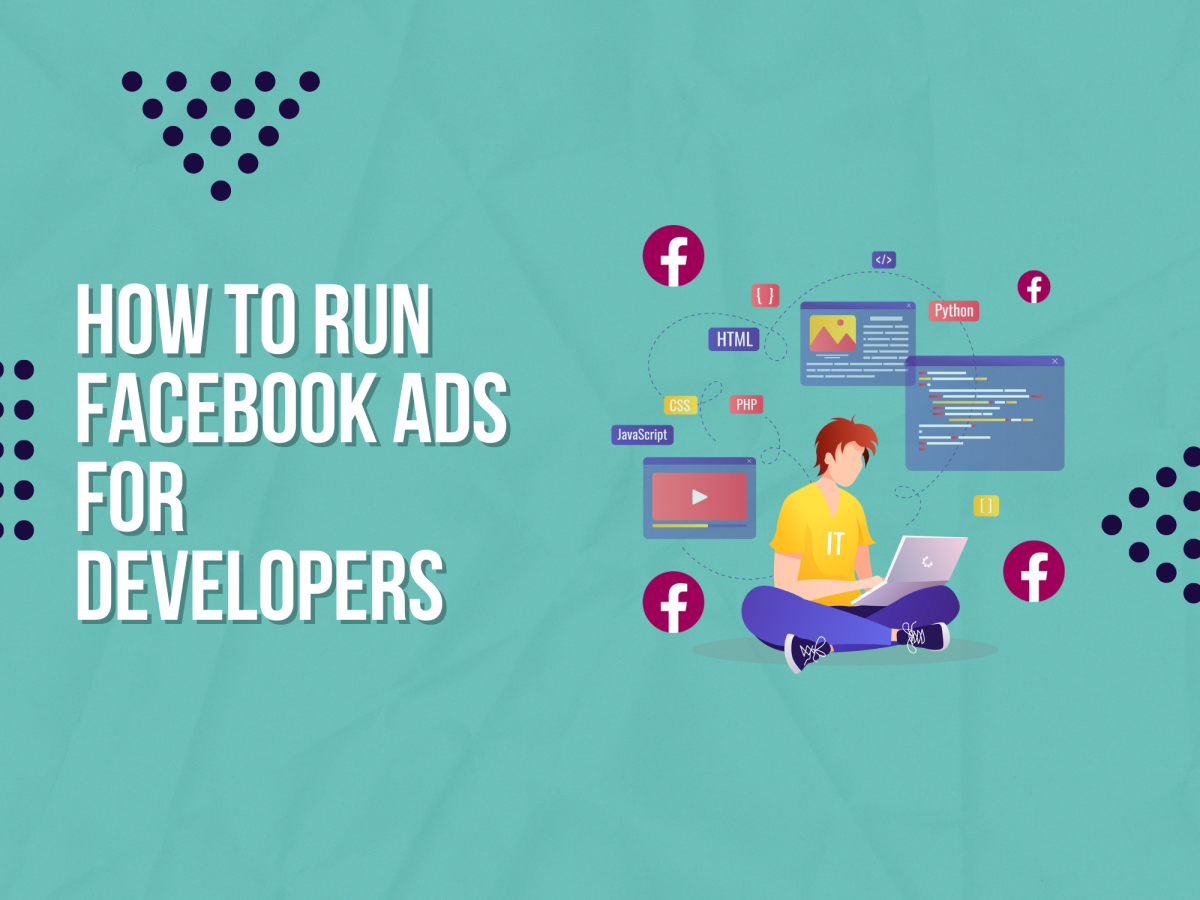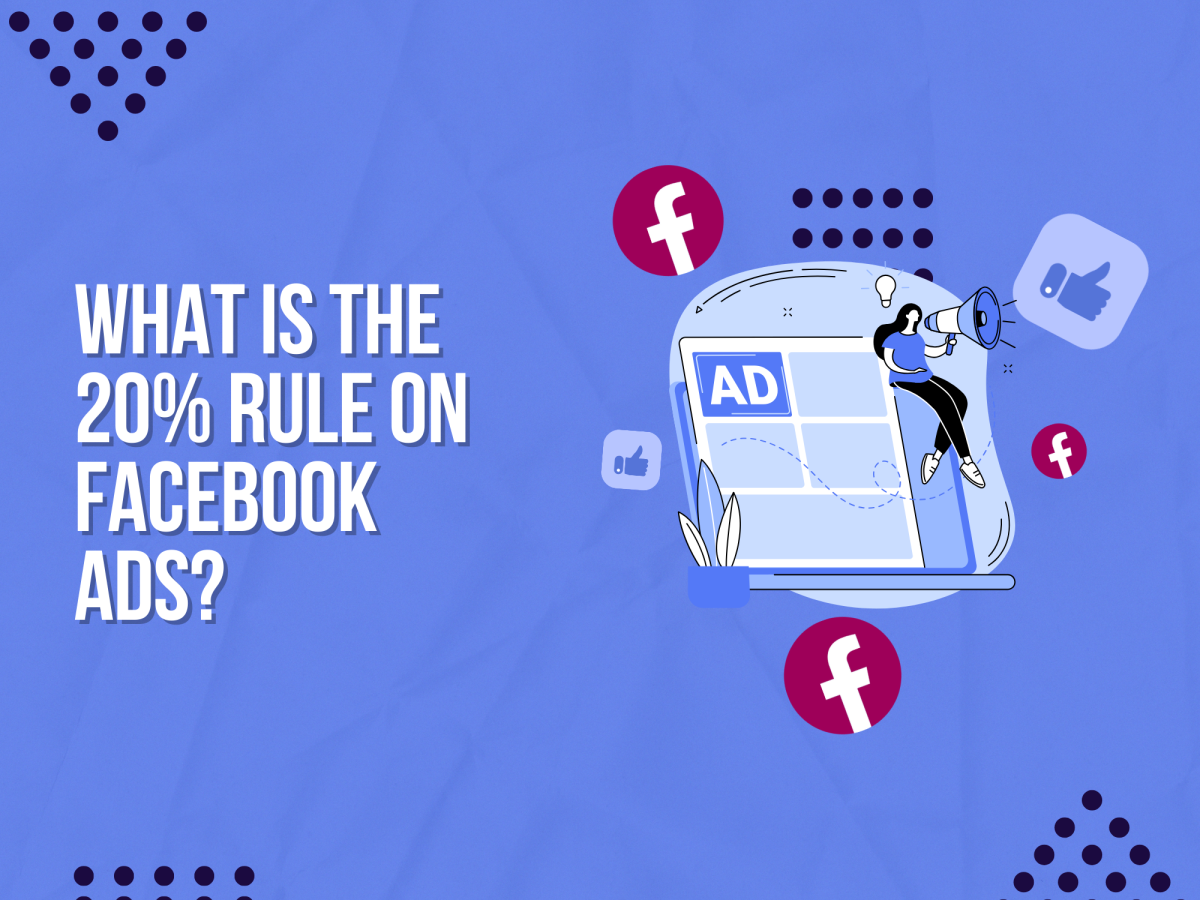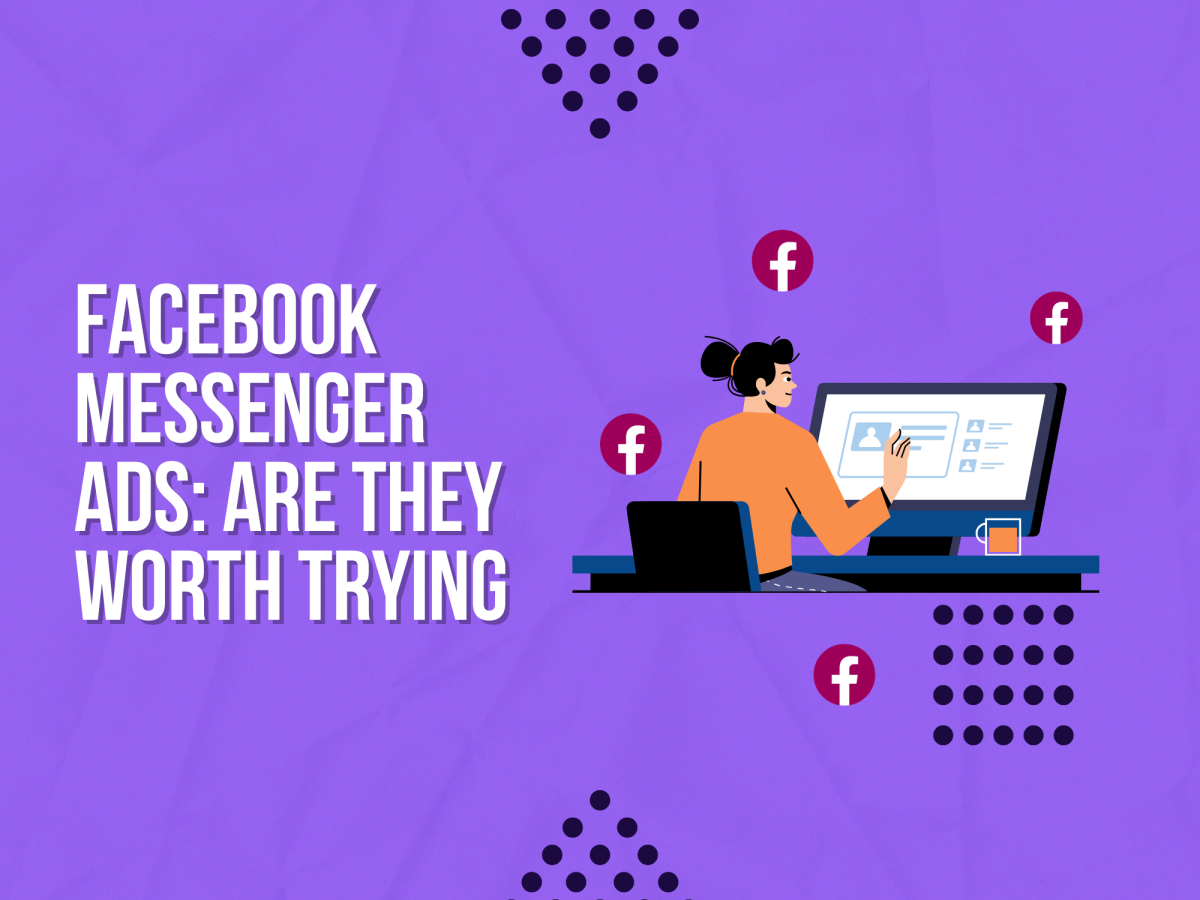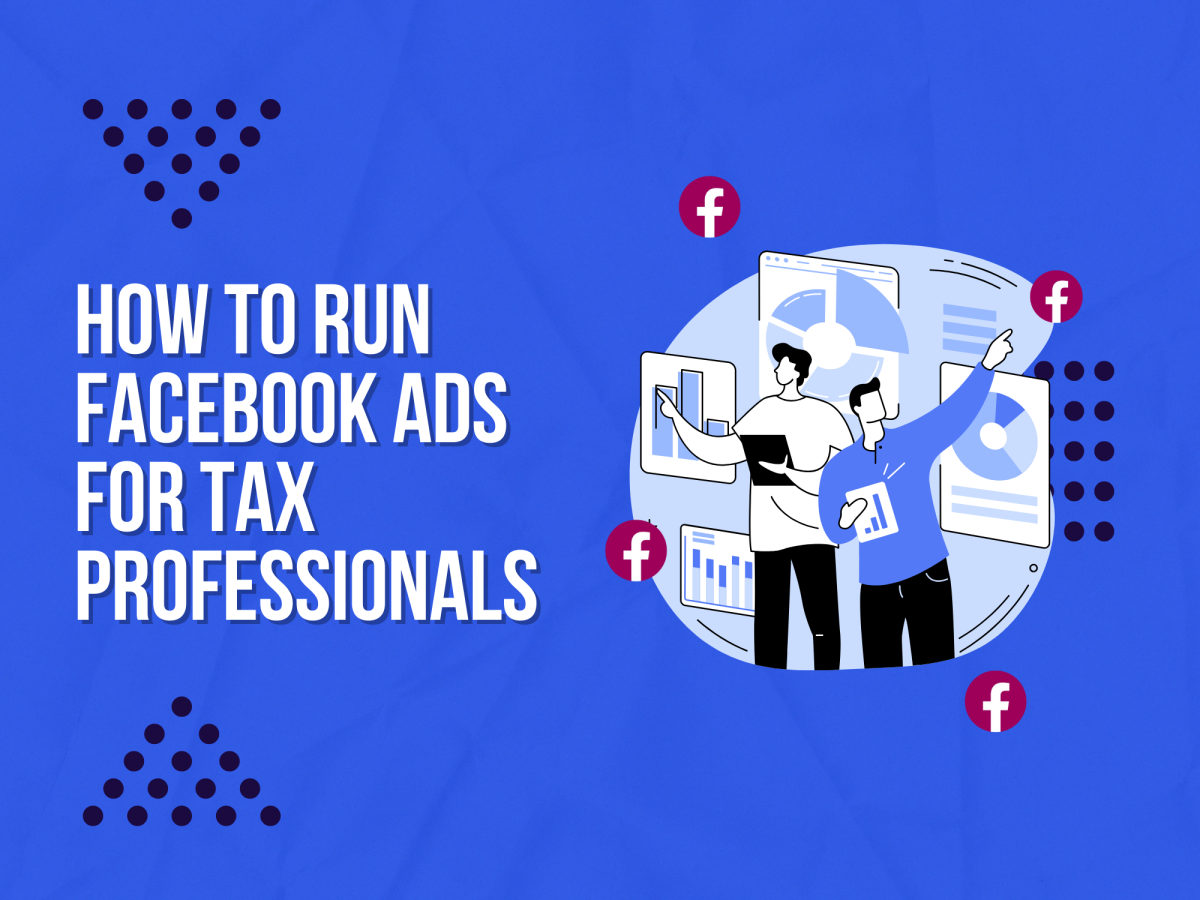There’s a lot to consider when you’re launching a new Google Ads campaign.
Are you reaching the right target audiences?
Is your campaign tracking set up correctly?
Which formats will deliver the best results?

Boost E-Commerce ROI: Download Our Free CPA & ROAS Calculator
But one aspect of Google Ads is often criminally overlooked by advertisers – and that’s ad copy.
Ad copy can often be dismissed as an afterthought, but this can be a costly error for marketers. Carefully crafted ad copy can make a huge impact on campaign performance, increasing conversions and attracting high-value customers to your website.
Writing effective Google ads may seem fairly simple on the surface, but small nuances can make a massive difference to the overall success of your campaigns.
Let’s take a look at how you can write impactful and efficient Google ads that drive exceptional results for your brand.
As a specialist Google ads agency we can help you with your campaigns just get in touch for a free consultation.
The power of well-written Google ads
Offering high-quality products and services is very important if you’re looking to run successful Google Ads campaigns.
But this is only half of the equation.
If you’re going to drive strong returns from Google advertising, you’ll need to provide potential customers with a convincing reason to click your ads, explore your products, and make a purchase.
And that’s where ad copy comes in.
Well-written Google Ads copy helps you to stand out from your competitors, attract attention from valuable prospects, and drive high volumes of conversions.
When it comes to Google Ads copywriting, you’re on a level playing field with the competition.
You all have the same creative space to work with, and the same number of characters to deliver your message in. That’s why ad copy is your golden opportunity to stand out.
Every letter counts when you’re trying to generate sales from your audience. Everything from your tone of voice to your choice of specific words can make the difference between a user scrolling past your ads or clicking and converting.
Writing high-performing headlines
There are two key components to Google Ads copywriting – your ad headlines, and your ad descriptions.
These pieces of text will appear together when your ad is served to a prospect, so it’s very important to focus on writing effective copy for both sections.
Let’s tackle your Google headlines first. You’ll need to write at least three headlines for each individual ad, and this copy will appear at the top of the advert.
(Source: google.com)
Your headlines will need to capture the attention of your target audience, so they need to be snappy, punchy, and engaging.
Each headline can only contain 30 characters, so you’ll need to get to the point quickly – focus on the messages that will instantly resonate with users and persuade them to take action. There’s no room for fluffy language here!
Since your three headlines will appear together, they need to work together to deliver a compelling ad – but they’ll also need to make sense individually.
For example, a small business selling gym trainers might write something like this:
- Shop High-Quality Gym Trainers
- Find Styles From Top Brands
- Explore Our Collection Now!
These headlines quickly communicate key information, outlining the types of products being sold, briefly referencing product benefits, and encouraging users to shop.
Avoid repetition with your Google Ads headlines, and make sure that each piece of copy is focused on a different benefit, offer, or message.
Crafting click-driving descriptions
Now it’s time to focus on your ad descriptions.
Think of writing headlines like casting a fishing line. Headlines grab audience attention initially, but it’s your ad descriptions that provide more info and reel users in.
(Who doesn’t love a fishing-related digital marketing analogy?)
You’ll need to write two individual descriptions for each Google ad, and this copy will sit underneath your headlines.
Descriptions can contain up to 90 characters. This still isn’t a huge amount of space for creativity (so you’ll still need to write short and direct copy) but it does provide you with more room to showcase your offering.
Use descriptions to outline what makes your brand special and provide customers with an incentive to visit your landing page.
Our fictional gym-trainer brand might write descriptions that look like this:
1. Our collection includes stylish gym trainers for every type of athlete
2. Choose from hundreds of trainers, and enjoy free shipping on every order
3. Explore our summer sale now to find major discounts on top trainer brands
Each description communicates a unique benefit (e.g. versatile range of trainers, free shipping, limited time discounts) which helps to convince users to click the ad.
What do I need to consider when writing Google ads?
One of the biggest challenges you’ll face when writing Google ads is the limited number of characters available.
There isn’t a huge amount of space for creative expression, so your ads will need to communicate key information quickly and efficiently.
This may seem tricky, but if you stay focused on a few key considerations, you’ll find the process of writing ad copy much easier.
Let’s run through some of the fundamental questions that you should look to answer with your Google Ads campaign.
What are you offering potential customers?
Stick to the basics. Make the product or service you’re advertising abundantly clear so that users immediately understand what you’re offering.
What problem are you solving for prospects?
Focus on product benefits, not functions. Users want to know how your offering can benefit them – so think about common issues and pain points that your products can resolve.
What makes your business offering unique?
Emphasise any features that make your offering unique. They might not be exclusive to your business, but if you’re the only brand talking about them, they’ll still help you to stand out.
Why should customers choose your brand over competitors?
Consumers are spoiled for choice when it comes to online shopping. Think about a selling point (e.g. high customer ratings, free shipping) that can give you a competitive edge.
Is there a reason for consumers to shop with you right now?
Urgency and scarcity are two powerful motivators for new customers. If you have limited-time sales prices or discounts, be sure to mention them where applicable.
Are there any persuasive offers or promotions available for customers?
Incentives such as free returns or product guarantees can be very tempting for new customers. Don’t shy away from highlighting these benefits in your ad copy.
If you can tackle these key questions through your Google Ads copy, you’ll be in a strong position to attract new business and drive high volumes of conversions.
6 proven methods for writing effective Google ads
Sadly, there’s no silver bullet that can instantly help you to write effective Google ads.
But thankfully, we’ve got the next best thing.
Below are 6 tried & tested techniques for Google ad copywriting that will help you to craft killer ads that convert. If you can stick to these best practices when you’re preparing your next campaign, the results will speak for themselves.
1. Fuel performance with strategic keywords
Keywords are the lifeblood of any successful Google Ads campaign.
If your ads contain relevant keywords, users will feel more confident that your brand can deliver against their search query and resolve their issues.
However, keywords also play a very important role in improving the performance of your Google ads.
Google rewards advertisers for running relevant and engaging campaigns. When your ad copy (and landing pages) contain relevant keywords, this signals to Google that your ads are more likely to appeal to your target audience.
This improves your Google Ads Quality Score, which increases the likelihood of your ads being served and enhances the cost-efficiency of your campaigns.
To help you maximise the impact of your keywords, try to create tighter ad groups with a handful of related keywords. This will help you to incorporate a smaller number of highly relevant keywords into your ads, rather than trying to cram in an excessive amount.
The placement of your keywords is also important to consider.
To begin with, try adding your most relevant keywords in Headline 1 and Description 1 of your ad.
As a rule of thumb, you should aim to only repeat your keyword 2-3 times within a single ad. You should also experiment with different keyword placements to figure out what works – there are no hard and fast rules here.
Here’s a great example of strategic keyword placement from Skyscanner.
The primary search keyword (‘cheap flights’) is included in the headline, and the ad description also includes a selection of relevant phrases (e.g. flights, car hire, travel companies.)
(Source: google.com)
2. Include a compelling CTA
Whatever your Google Ads campaign objective might be, you’re ultimately aiming to convince users to take a certain action. This could be purchasing a specific product, subscribing to a new service, or completing a lead generation form.
A clear and strong Call To Action is vital in encouraging users to engage with your ads and complete the desired action.
Incorporating ‘power words’ into your CTAs is a great way to increase conversions. Power words include phrases like ‘Get’, ‘Buy’, and ‘Discover’ – they suggest an immediate sense of action that helps to secure conversions.
You should also ensure that your CTA is part of a logical and convenient customer journey.
If your CTA says ‘Buy Now’, then users should be able to easily purchase your products once they click your ad. If your CTA is ‘Learn More’ then you should immediately provide users with informative content on your landing pages.
It’s also a very good idea to experiment with the placement of your CTA. For example, you might test the performance of a CTA in your headline versus a CTA in your ad description.
As with many elements of your Google Ads campaigns, different tests can lead to dramatically improved results, so it’s always worth trialling different approaches.
Below is a good example of a simple and effective CTA from Sports Direct.
The description provides users with a persuasive reason to shop (i.e. huge selection of trainers) while the CTA encourages an immediate click.
(Source: google.com)
3. Harness the power of specifics
Since you’re limited in terms of characters with Google Ads copy, and mobile ads will be fairly small on the screen, you need to make sure that you’re landing your key messages as quickly as possible.
That means using specific and impactful copy that helps to fill customers with confidence and converts them on the spot.
Numbers and statistics are brilliant examples of this.
Customers are looking for speedy reassurance that you can resolve their search queries and provide them with an effective solution.
Rather than explaining your credentials with long-winded text, use numbers to drive your selling points home.
For example, take a look at these two ad descriptions:
1. We’ve helped many e-commerce retailers to increase their online sales
2. We’ve helped over 1,000 e-commerce retailers increase their monthly sales by 30%
The use of specific numbers makes the second ad infinitely more persuasive and credible. Plus, these numbers immediately stand out, which is invaluable when you’re competing for attention on a crowded search results page.
Use this to your advantage when constructing your own Google ads. If you can reference real-world statistics or business data, your ad is far more likely to drive action.
Here’s a strong example from Royal Web Designs for a ‘website designer’ Google search.
The ad includes a selection of numbers (e.g. £299, 1 years hosting, 100% money back guarantee) to deliver confident product messages.
(Source: google.com)
4. Always put the customer first
Many online advertisers fall into the trap of placing the emphasis of their copywriting on themselves, and not the customer.
This can lead to underwhelming campaign performance and a low CTR for your ads.
Remember, consumers aren’t really interested in your product features. They’re interested in how those product features can help them. That’s a key difference.
Slight nuances in your language can help customers to feel like you’re supporting them and helping them to succeed.
For example, try not to overuse phrases like ‘we’ and ‘our’ in your Google ad copy.
Although you’ll always want to communicate your top product benefits, frame them in a way that engages and interests your customers.
Here’s a great example from CompareTheMarket that places the user at the centre of attention.
The ad promises to ‘have you covered’ and ‘help you save time’. The phrasing is subtle, but it helps the message to feel more relatable and personalised.
(Source: google.com)
Whenever you’re drafting a new ad, ask yourself – am I putting the customer (and their needs) first? If you can tweak your copy to appeal directly to the consumer, then it’s more likely to generate a response.
5. Focus on resolving the search query
When customers plug a search query into Google, they’re looking for an answer to their question or a solution to their problem.
This is a big opportunity for advertisers.
If you can position your brand as the remedy to your audience’s pain points, then you can start to generate jaw-dropping volumes of clicks and conversions.
So how can you achieve this?
The first thing to concentrate on is your keywords.
Try to mirror user queries as closely as possible, and cherry-pick keywords that relate to the search terms.
If you can include relevant keywords in your headlines, descriptions, and landing page URLs, then users will instantly recognise that your brand can deliver exactly what they’re looking for.
Here’s a strong example from Getir, with ad copy that reflects the urgent and time-sensitive nature of the search query.
(Source: google.com)
You should also think about exactly what users are looking for based on their search query, and update your ad copy accordingly.
If a user is searching for a ‘cheap’ or ‘good value’ product, then you may want to lean more heavily on price or discount messages. If they’re searching for ‘high quality’ products, however, then messaging around craftsmanship or premium ingredients is more suitable.
6. Test, learn, and test again
The most successful Google advertisers will constantly test, adapt, and refine their ad copy to improve performance over time.
If you want to consistently increase your conversion rates, you should commit to experimenting with different approaches to Google ad copy.
Below are several different variables that can be tested:
- Ad headlines
- Ad descriptions
- Keywords
- Keyword placement
- CTAs
- CTA placement
- Product messages
But don’t panic – you don’t need to constantly test all of these variables. Just keep track of existing ad delivery, and when you do test a new creative variation, compare the performance.
You can also set up your Google campaigns to allow for quick and efficient testing.
Responsive Search Ads, for example, will automatically test different copy combinations and match your ad content to customer search terms. This enables you to effectively optimise your Google ads and drastically improve performance.
Getting started with Google Ads
Wondering how to get started with a new Google Ads campaign?
We’ve got you covered. Just follow the steps below to set up a new campaign and launch your own Google ads.
1. Set up your campaign and confirm your objective
Sign in to your Google Ads account, and select ‘Campaigns’ from the menu on the left side of the page. Click the blue plus button, and then select ‘New Campaign.’
Choose your desired campaign objective – ensure you select a goal that aligns closely with your business priority.
Scroll down the page, set your conversion goals, and click ‘Continue’ when ready.
2. Select your campaign type
Now it’s time to set your campaign type. This will dictate where your Google search ads will be served to your audience, so make sure that you’re paying close attention to your choices.
Choose your preferred campaign type (and campaign subtype if required) from the following options:
- Search ads: Text ads on search results
- Display ads: Image ads on websites
- Video ads: Video ads on YouTube
- Shopping ads: Product listings on Google
- Discovery ads: Advertise within online feeds
- App ads: Promote your app on many channels
- Local ads: Promote your locations on many channels
- Smart ads: Simplify your campaigns
- Performance Max ads: Find high-value customers across all channels
Different campaign types will vary in terms of the setup required, so for more guidance, check out this page.
From here you’ll be prompted to confirm your campaign settings, set up an ad group (or multiple ad groups) and create your ads. Once you’ve completed these steps, you’ll be ready to launch a brand new Google Ads campaign!
Useful resources for Google advertisers
Feel like you might need a helping hand in future with your Google Ads campaigns?
We’ve compiled a few handy resources that will keep you on the right track.
Upbeat guide to Google advertising costs
Google Shopping 101: How to make it work for your brand
So there you have it – the ultimate guide to writing high-performing, high-converting Google ads.
Writing your own ads can feel a little daunting at first, but if you stick to these proven best practices, you’ll give your campaigns the best chance of generating outstanding results.
Plus, you can always test new approaches and gather valuable insights to improve performance over time. Best of luck!







